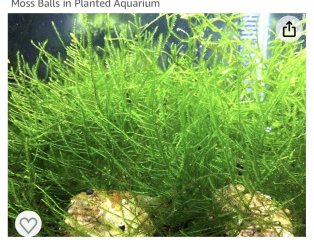Aquarium plants do not need added CO2 in any form most of the time. It may help with "carpet" plants, but this is because the mega light needed to grow substrate-level plants has to be balanced by all 17 nutrients of which carbon is one, or algae will be problematic.
Second point, the majority of natural CO2 in an aquarium does not occur from fish, but from the decomposition of organics in the substrate. Fish, plants and some species of bacteria respirate 24/7, taking in oxygen and giving off CO2. The CO2 given off by these organisms is not all that much, certainly not sufficient to provide enough carbon for plants long-term. The bulk of CO2 comes from the decomposition. At night, this together will produce a fair bit of CO2 which accumulates in the aquarium. This can affect fish, I saw it in my cory tank some years ago. Increasing the surface disturbance solved the issue. But the point is that quite a lot of CO2 occurs naturally. During sufficient daylight--the intensity has to be sufficient to drive photosynthesis, and different plant species have differing levels depending upon their growth habit--the plants take up more CO2 than is produced by the respiration(which continues day and night) and the organic decomposition (which is also occurring day and night). The CO2 may become depleted, which is where we work out the balance involving the needs of the various plants and the fish load/decomposition. I had my tanks worked out to requiring seven hours of tank light each 24 hour period, and this balance ran for years with thriving plant growth and without adding any CO2.
Which brings me to the third point--any form of CO2/carbon added to the aquarium will affect fish. There was an article on this in Practical Fishkeeping a couple of years ago, citing evidence that diffused CO2 was detrimental to fish. This should surprise no one, just look at what the increase in atmospheric COP2 is doing to life on this planet.
So-called liquid CO2 is glutaraldehyde, and if you want this in a fish tank, the mind boggles. Some very reputable members will say this is safe. I do not agree, no toxic substance is "safe," and I no longer argue the point. General principle. It's like the suggestion made a couple of years back that if people injected disinfectant into their bloodstream it would kill Covid. Go figure.
Last comment on floating plants and CO2. Floating plants have what is termed the aerial advantage. With leaves on the surface, they can assimilate CO2 from the air, and this process is about four times faster than aquatic plants submerged which have to rely on CO2 dissolved in the water. So floaters grow faster because thy are closer to the light, have more than sufficient CO2 from the air, and thus take up all the ammonia they can grab.
Final though, moss does not need any form of CO2 added. Too much risk for no benefit.



 /www.co2art.us/blogs/blog/how-to-use-liquid-carbon-in-your-planted-aquarium#:~:text=Liquid carbon dioxide, or liquid,primarily focusing on removing algae
/www.co2art.us/blogs/blog/how-to-use-liquid-carbon-in-your-planted-aquarium#:~:text=Liquid carbon dioxide, or liquid,primarily focusing on removing algae